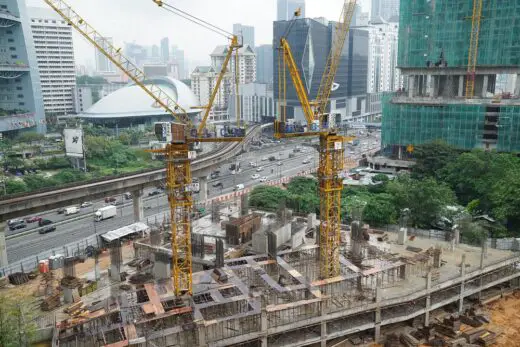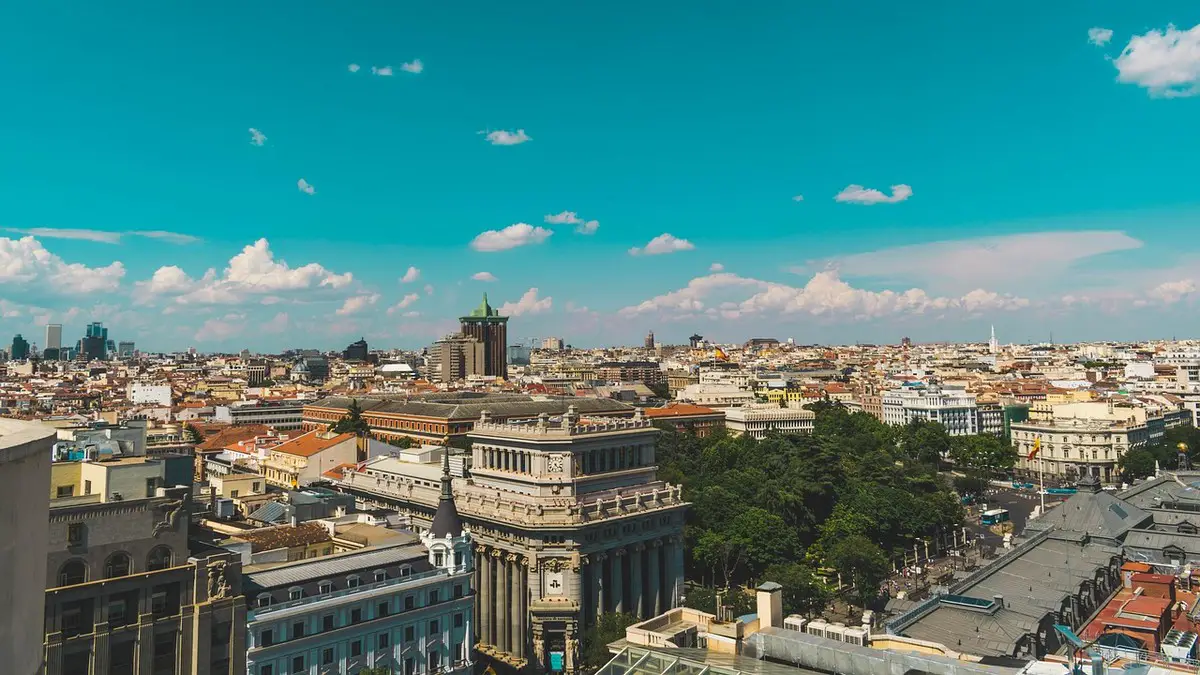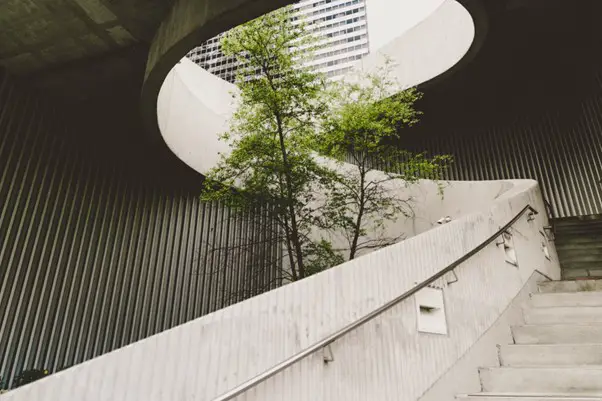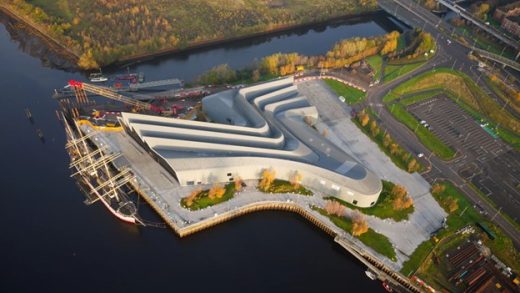Role of architects in shaping healthier, greener cities guide, Eco building, Modern property construction
The Role of Architects in Shaping Healthier, Greener Cities
12 October 2023
Architects are the unsung heroes of our bustling cityscapes! With a dash of art, a sprinkle of design, and a lot of tech-savvy, they’re shaping the future of our cities in thrilling ways. Think about it: every corner, rooftop, and park they design touches our lives, making our cities greener, more vibrant, and just downright more incredible. These urban maestros don’t just build structures; they craft experiences, blending environmental health with bustling city vibes!
Architects: Visionaries for Sustainable Urban Planning
Hold onto your hard hats because architecture is so much more than just drawing pretty buildings! Think of architects as the ultimate urban magicians. With a flick of their pens, they conjure up stunning structures that aren’t just easy on the eyes, but also mega-functional and super eco-friendly.
In today’s world, where cities are booming and Mother Earth is pleading for care, architects are our real-life superheroes. They don’t just doodle on paper; they craft entire cityscapes, ensuring they’re tailor-made for today while giving a nod to tomorrow. These trailblazers have a knack for dreaming up spaces that scream modern flair while giving a big bear hug to nature. Using sustainable goodies, promoting energy-saving magic tricks, and squeezing in lush green pockets, they’re turning our cities into dreamy, green havens.
And oh boy, they aren’t afraid to shake things up! By pushing boundaries and tossing out the old rule book, these innovators are shaping a new-age urban life. Their masterpieces are testimonies of their deep bond with nature and the city vibes. Bottom line? Thanks to architects, our future cities promise to be dazzling, eco-friendly utopias where life thrives in perfect harmony!
Crafting Sustainable Buildings:
Contemporary architectural trends heavily emphasize sustainability. By weaving in energy-efficient methodologies, architects ensure buildings are more resource-conservative. Such designs diminish environmental footprints and yield lasting economic advantages for both residents and the broader urban landscape. This synergy of ecological mindfulness and economic foresight characterizes the new age of building design.
Incorporating Green Spaces:
Amid sprawling urban metropolises with their towering structures and bustling streets, the significance of green spaces becomes ever more pronounced. These verdant areas, whether expansive parks, serene gardens, or innovative green rooftops, serve as calming sanctuaries amidst the urban hustle. With their forward-thinking approach, architects recognize and advocate for including these spaces as essential elements in city planning. Their presence does more than beautify the surroundings; they act as pivotal zones that uplift city dwellers’ overall quality of life. By offering a touch of nature and serenity, they contribute to mental well-being, offer residents a place for relaxation and recreation, and provide a haven for biodiversity, creating pockets of ecosystems within dense urban landscapes. These green spaces bridge the gap between urban development and the innate human yearning for natural connection.
Affordable Housing & Quality of Life:
Urban expansion often brings with it the pressing issue of housing affordability. As cities like Toms River grow and evolve, the need for housing solutions that cater to a diverse populace becomes paramount. Standing at the intersection of creativity and practicality, architects are uniquely positioned to address this challenge.
Through innovative architectural design, they can craft economically viable and environmentally conscious spaces. These designs often employ sustainable materials, optimized layouts, and energy-efficient practices, ensuring that while costs are kept in check, there’s no compromise on sustainability or living standards. The goal is clear: to create urban habitats where every individual, irrespective of their economic standing, has access to safe, affordable, and sustainable housing. In doing so, architects shape the skyline and the fabric of inclusive urban living.
The Holistic Approach: Blending Environment with Economic Growth
It’s a misconception to think that environmental considerations hinder economic growth. The two can harmoniously coexist, with architects acting as the bridge.
- Public Spaces & Community Well-being: Well-designed public spaces can act as hubs for community interactions, fostering social cohesion and indirectly boosting local economies.
- Harnessing the Surrounding Environment: By understanding and integrating the surrounding environment into their designs, architects ensure structures are in harmony with nature, reducing energy demands and environmental strains.
- Boosting Local Economies with Thoughtful Design: A well-planned city or community, complete with accessible amenities and infrastructure, can draw investment tourists and foster local business growth.
Navigating Challenges with Expertise
For cities to truly harness the advantages of sustainable architectural practices, it’s imperative to collaborate with experts in the field. Consider, for instance, the logistics of construction in bustling urban centers. Efficient waste management becomes crucial. Utilizing services like Dumpster Rental in Toms River or incorporating a 15 Yard Dumpster during construction can ensure eco-friendly waste disposal and recycling, aligning with the broader vision of sustainable urban development.
A Look Ahead: The Future of Urban Environments
With the relentless expansion of urban spaces, architects emerge as pivotal agents of transformation. Their scope of influence extends beyond erecting standalone edifices. Instead, they orchestrate holistic ecosystems that blend aesthetics, functionality, and sustainability seamlessly.
These visionaries are tasked with the challenge of weaving together environmentally-conscious designs that also foster social inclusivity. In doing so, they ensure that growing urban regions, while bustling with economic activity, remain harmonious, sustainable, and accessible to all. The contemporary architect, therefore, doesn’t just shape buildings but crafts the ethos of entire communities, underlining the importance of balanced urban growth.
Empowering Communities through Design:
Architects have the power to influence how residents interact with their environment. By creating spaces that encourage community interactions, they foster stronger social ties and communal identities.
Championing Renewable Resources:
The shift towards green energy sources is palpable. Forward-thinking architectural designs now incorporate renewable energy solutions, reducing the reliance on fossil fuels and championing a cleaner, greener future.
Elevating Urban Life Quality:
Beyond the bricks and mortar, the essence of architecture lies in elevating the human experience. By prioritizing quality of life in their designs, architects ensure urban spaces are not just places of residence but nurturing environments that enrich life.
Role of architects in shaping healthier, greener cities – Conclusion
With their unique blend of artistry and technical expertise, architects stand at the forefront of shaping the future of cities like Toms River and beyond. Their decisions and innovations will dictate how urban centers grow, ensuring that our cities are healthier, more sustainable, and vibrant spaces for all as we stride into the future.
Comments on this guide to the Role of architects in shaping healthier, greener cities article are welcome.
Construction
Construction Safety Posts
Construction Site Equipment Every Contractor Needs

Why Construction Safety Is Important
Best practices to improve construction site safety
Safety rules and responsibilities for construction sites
Building Design
Architecture
Comments / photos for the Role of architects in shaping healthier, greener cities page welcome







